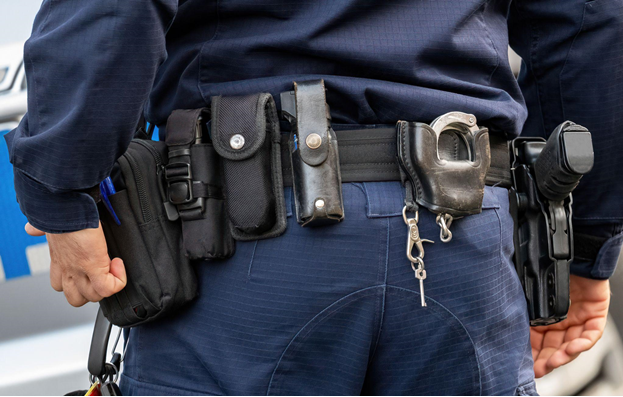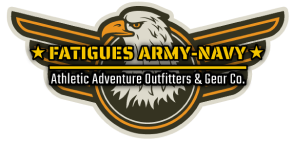Loading Your Utility Belt for Success
Posted by: Fatigues Army Navy Outdoor Gea on 8th Apr 2025
What you carry on your utility belt will be a function of what your line of duty is. Police, firefighters, first responders and others in the line of official duty all have unique needs for tools and other gear that will vary slightly from each other.
Others, more concerned with recreation, might carry a utility belt as well - such as paintballers, airsoft players, and others involved in outdoor sports. What you carry will be determined by your purpose, but how to load the belt is a more universal concern.
How to Load It
There are two important things you keep in mind when loading a utility belt. These are access to your essential gear and weight distribution.
In the former case, loading the belt properly will ensure that you can access what you need most when you need it, and will keep the most vital tools and gear within each reach of your hands. Less essential items can be placed farther back and around the sides of the belt.
The other consideration, that of weight distribution, helps to ensure that you don’t overload the belt on one side such that it drags down on your hips or makes it difficult to carry your other gear, or even to move. A lopsided utility belt will also wear you out more quickly, whereas a conscientiously loaded belt will enable you to go about your daily activities with less fatigue.
First, let’s talk about where you want to place essential gear. Suppose you’re a law enforcement officer and carry a holster with a firearm, spare magazines, handcuffs, a flashlight, a baton, radio, and pepper spray. You might carry others too but we’ll cover these.
The holster and firearm should be on your hip on your dominant side. You will need fastest access to these in a crisis. The magazines should be on your non-dominant side. The reason for this is that you won’t need them unless you experience a jam or empty your service firearm, but equally as importantly, loaded magazines are heavy and these will help to even out the weight on the opposite side of your gun.
Your handcuffs you won’t need unless you’ve already subdued a culprit, which means you can place them far at the back of your utility belt, if not skewed off slightly to your non-dominant side.
Now we have a big void at the front of the belt. You can place your radio here, since this is a large, heavy item that will help even out the weight across the front of the belt. If needed, you can skew it off slightly to one side or the other to accommodate the buckle.
As for your flashlight, that’s probably going to be a very lightweight item, so you can store it on the front, right side of your utility belt so you have quick, easy access to it without adding too much weight where you place it.
That leaves a lot of room at the back of the utility belt, where you can store your baton, pepper spray, and anything else you’re carrying. This will help distribute the weight evenly across the sides and at the front and back of the utility belt, prevent any one side from dragging down, increasing comfort and reducing fatigue.
What to Carry in Your Utility Belt
Now let’s talk about what you might need to carry in your utility belt. This will vary according to your position and your line of duty.
For law enforcement officers, this will likely entail what’s already been covered: a holster and firearm, spare magazines, pepper spray, a flashlight, a baton, handcuffs or single-use restraints, a radio, and a few other items.
For first responders and EMTs, this might entail handcuffs, flashlights, a radio, keys, shears, multitools, seatbelt cutters, and personal protective equipment like facemasks and disposable gloves.
Firefighters also have unique needs, and they might need to carry wire cutters, door chocks, multitools, knives, wrenches, gloves, carabiners, and other duty-specific tools.
That leaves us with those concerned with recreation: paintballers and airsoft players. For these uses, you might want to carry spare magazines and ammo (BBs or paintballs), spare gas, flashlights, multitools, and if you’re working with a team, a radio, among other essentials.
Of course, this list is not complete and what you need to carry will be determined by the unique scenario in which you find yourself, along with any regulatory requirements to which you’re subjected in the line of official duty. Nonetheless, this is a good place to start.

Here for Your Next Utility Belt?
Whether you’re here for a utility belt or are looking for gear to outfit it appropriately, we can help you out. Shop our full collection here and get in touch with us directly if you have any questions about what we sell or are looking for something specific.

